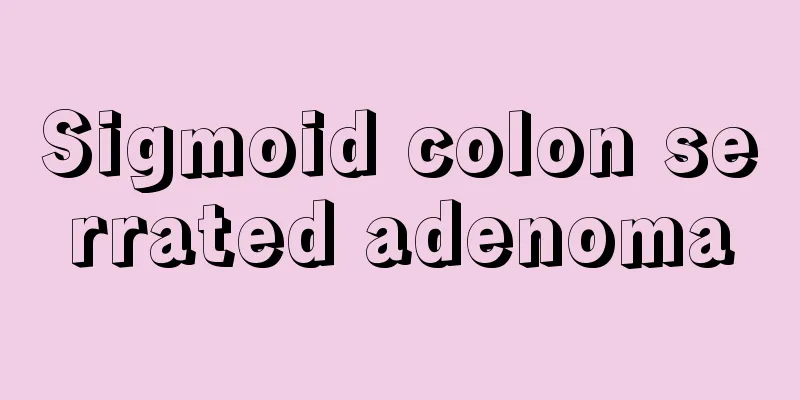Four types of early esophageal cancer

|
Esophageal cancer is a malignant tumor that occurs in the esophageal mucosal epithelium. The cure rate can reach 80% in the early stage. Since the early symptoms of esophageal cancer are not obvious, it should be taken seriously and treated in time. Early esophageal cancer is divided into the following 4 types. 1. Latent type: The esophageal mucosa is slightly congested, the mucosa at the lesion is red, and the cancerous mucosa fixed with formalin is slightly rough, which is difficult to identify with the naked eye and can only be confirmed by exfoliative cytology and tissue sections. This type is carcinoma in situ limited to the mucosal layer and is the earliest stage of esophageal cancer. 2. Erosive type: There are very shallow erosions on the mucosal surface, which are map-like, of varying sizes, with clear boundaries, and the edge of the lesion may be slightly raised. The esophageal mucosa at the cancerous site on the cut surface is superficially defective and slightly sunken. The cancer tissue is poorly differentiated, with carcinoma in situ and early invasive cancer accounting for half each. This type develops later than the first type. 3. Plaque type: The mucosa at the cancerous site is slightly raised, uneven, and the wrinkles disappear, presenting a psoriasis-like appearance. The size of the lesions varies, sometimes invading the entire circumference of the esophagus, with a clear boundary from the normal mucosa. Microscopic examination shows that the cancer epithelium is significantly thickened, and the cancer tissue is not uniformly differentiated. It develops later than the first two types, with about 1/2 of the cases being carcinoma in situ and 2/3 being early invasive cancer. 4. Papillary type: The tumor forms an obvious hard nodule, some are like nipples, and some are polyp-like with short pedicles. Its surface is occasionally covered with erosion or inflammatory exudate, protruding into the cavity, and the cancer is well differentiated. The vast majority are early invasive cancers, and this type is the latest type of early cancer. |
<<: Changes in breast appearance in breast cancer patients
>>: Tips for preventing nasopharyngeal cancer
Recommend
What are the causes of prostate cancer
Causes of prostate cancer: Prostate cancer refers...
What causes an enlarged tongue with teeth marks?
An enlarged tongue with tooth marks is usually ca...
Can a chest X-ray reveal heart problems?
In a regular hospital, we can use a lot of medica...
How to narrow a wide pelvis and a big butt
Many friends have wide hips, which leads to big b...
A brief introduction to dietary knowledge for pancreatic cancer
People are anxious about pancreatic cancer, becau...
How does Traditional Chinese Medicine treat ovarian tumors
How much do you know about the threat that ovaria...
The efficacy of milky cod liver oil
We all know that cod liver oil is extremely benef...
Which prostate cancer patients are suitable for endocrine therapy
Prostate cancer is generally an androgen-related ...
How to lift the buttocks and tighten the abdomen
Lifting the buttocks and tightening the abdomen i...
Pimples on forehead
What you must do every day is to clean the skin o...
Morning stiffness, lumbar disc herniation
You may feel back pain from time to time. In fact...
Who should not use moxibustion
As we all know, Chinese medicine has a long histo...
Which hospital is the best for treating breast cancer
Which hospital is the best for treating breast ca...
Can drinking Houttuynia cordata in water help lose weight?
Houttuynia cordata has a significant inhibitory e...
What are the symptoms of kidney deficiency and hair loss
Many people suffer from hair loss. In fact, the n...









